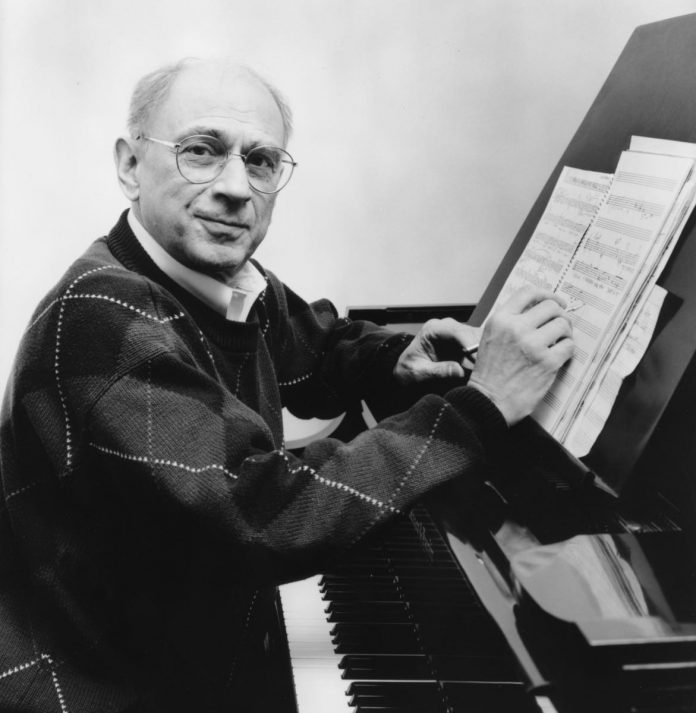After the Anita O’Day experience, Frishberg had a more enjoyable time playing with Gene Krupa’s quartet between 1962 and 1964, mostly at the Metropole in NYC, with occasional out of town trips to New Jersey, Pennsylvania and Maryland.
Kenny O’Brien or Bill Takas were on bass with Eddie Wasserman on tenor who was replaced by Charlie Ventura during a two-week booking at the Steel Pier, Atlantic City. Although they didn’t agree totally on music, Frishberg and Krupa had one interest in common – baseball. Krupa was a “Rabid Chicago White Sox fan”.
In the summer of 1963 he became a member of the Ben Webster quartet that performed for the next six months or so around town at the Shalimar, the Half Note, Birdland, the Village Vanguard and the Café Au Go Go. One of the regulars at the Shalimar was Malcolm X who found common cause with Dave in their mutual love of baseball. The regular bass player was Richard Davis but there was a revolving cast of drummers that included some of New York’s finest – Mel Lewis, Elvin Jones, Grady Tate, Philly Joe Jones, Denzil Best and Mickey Roker. Occasionally Johnny Hodges, Paul Gonsalves, Ray Nance or Eddie “Lockjaw” Davis sat in.
On one occasion Webster took Dave to a Duke Ellington rehearsal at Basin Street East. Introducing him to Duke he said that Frishberg “could really play” which of course meant a lot to Dave but he knew the pianist Ben really missed was his good friend Jimmy Rowles, who was living in Los Angeles at the time. When Al Cohn and Zoot Sims heard him at the Shalimar they hired him for their upcoming New York dates. That began a relationship that lasted until Frishberg left town 10 years later.
He became one of the house pianists at the club, backing visiting stars such as Roy Eldridge, Ben Webster, Richie Kamuca, Bob Brookmeyer, Clark Terry and Jimmy Rushing. The club stayed open until four in the morning and the pay was $90 a week although this could be supplemented by rehearsing the occasional singer.
His longest association there was with the Al ’n’ Zoot combination, which appeared at the club on a regular basis. In a series of interviews for The Note he spoke movingly of his experiences playing with them: “The customers knew something pure was going on up there on the bandstand. Even the plain-clothes detectives wolfing their free meatball sandwiches in the kitchen knew they were witnessing something special. You were on the scene each night making music with two immortals in their prime.”
Apparently Ben Webster had similar feelings about the two tenors because he “absolutely adored them”. Paul Desmond said listening to them at the Half Note “was like having your back scratched”. One memorable night around closing time Cannonball Adderley arrived and shouted from the door – “John Haley Sims, Alvin Gilbert Cohn don’t stop now!”. Over the years Half Note radio broadcasts featuring Frishberg with Rushing, Kamuca, Cohn and Sims have been released on the Dot Time, HighNote and Philology labels.
By 1971, with work getting scarce in New York, he was given the opportunity to relocate to Los Angeles. He was offered a contract to write songs and special material for an NBC television show called The Funny Side hosted by Gene Kelly. His classic The Sports Page was introduced at this time. He also worked on jingles and other shows like Charlie’s Angels and he often played at Donte’s with people such as Joe Pass and Jack Sheldon. He occasionally sat in with Bill Berry’s big band and for a couple of years he travelled with Herb Alpert’s reformed Tijuana Brass – “first-class all the way, like travelling with the New York Yankees”.
During his Californian sojourn he recorded six notable albums. His 1977 release with Marshal Royal premiered Dear Bix, which is a heartfelt hymn to the trumpeter. In 1984 he was recorded at Hollywood’s Vine Street where in addition to his own material he performed an instrumental medley of 10 titles associated with Johnny Hodges. In 1986 he introduced Zoot Walks In at The Great American Music Hall in San Francisco. Based on The Red Door it was co-composed by Zoot Sims and Gerry Mulligan and was first recorded on a 1952 album with Cohn, Sims and Kai Winding. His 1989 release – Let’s Eat Home – features Al Cohn and Billy Strayhorn medleys among other gems. In 1999 he appeared at The Jazz Bakery in a duo with Bob Dorough titled Who’s On First? which was the name of one of Abbott & Costello’s most famous routines – check YouTube. It dates from 1936 and was apparently a particular favourite of President Roosevelt. In 2005 he was featured at The Jazz Bakery again on an album titled Retromania – a fitting album title for a master of nostalgia.
His final CD was recorded at New York’s famous Algonquin Hotel in 2011 with vocalist Jessica Molaskey. The man Gene Lees once called a national treasure has suffered some medical setbacks in recent years and his website includes an appeal for help to meet the anticipated cost of treatment.
Selected discography
Getting Some Fun Out Of Life. Hollywood, January 1977 (Concord CJ37)
Live At Vine Street. Hollywood, October 1984 (Original Jazz Classics OJCCD 832-2)
Can’t Take You Nowhere. San Francisco, September 1986 (Fantasy FCD9651-2)
Let’s Eat Home. Hollywood, August 1989 (Concord Jazz CCD 4402)
Who’s On First? (with Bob Dorough). The Jazz Bakery, Los Angeles, November 1999 (Blue Note 5-23403)
Retromania. The Jazz Bakery, Los Angeles, May 2005 (Arbors Jazz ARCD 19334)
I would like to acknowledge the help received from Bob Weir, Randy Smith and the Jazz Institute in Darmstadt, Germany while researching this article.
See part one of this article
















